Table of Contents
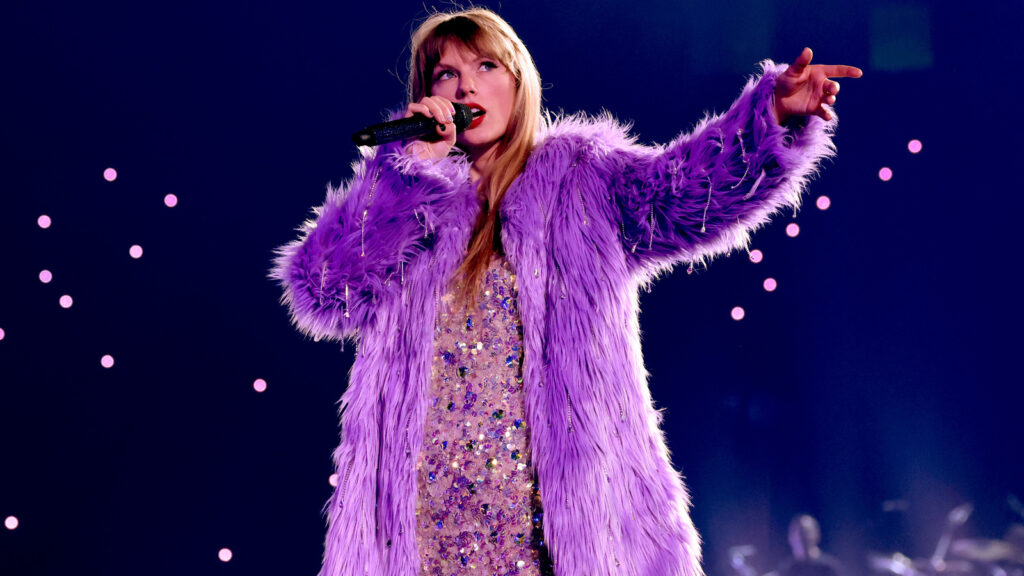
(Photo by John Shearer/Getty Images for TAS Rights Management)
Taylor Swift: a name that resonates through the pop culture landscape with the force of a religious icon. From her roots as a country music prodigy to her current status as a billionaire pop titan, Swift’s career is a case study in branding, reinvention, and fanatical devotion. But behind the carefully curated image, what truly drives the Taylor Swift phenomenon? Is she the genuine artist her fans idolize, a shrewd businesswoman exploiting her fame, or a master manipulator orchestrating a cult-like following?
The Origins of Taylor Swift
Childhood Prodigy or Manufactured Talent?

Born on December 13, 1989, in Reading, Pennsylvania, Taylor Alison Swift was destined for greatness—or at least that’s what her parents believed – they weren’t wrong. Swift displayed an early knack for storytelling, winning a national poetry contest in the fourth grade. By age 11, she was lobbying Nashville record labels with her homemade demo tapes, a testament to her relentless ambition. Her family, recognizing the potential goldmine, relocated to Hendersonville, Tennessee, to support her burgeoning career. By 14, Swift had a publishing deal with Sony/ATV, setting the stage for her meteoric rise.
Early Influences and Inspirations
Swift’s early influences ranged from traditional country artists like Shania Twain and Dixie Chicks to modern pop icons. These diverse inspirations shaped her unique sound, blending heartfelt storytelling with catchy melodies. This combination would become her trademark, winning over fans from multiple genres.
From Country Sweetheart to Pop Princess
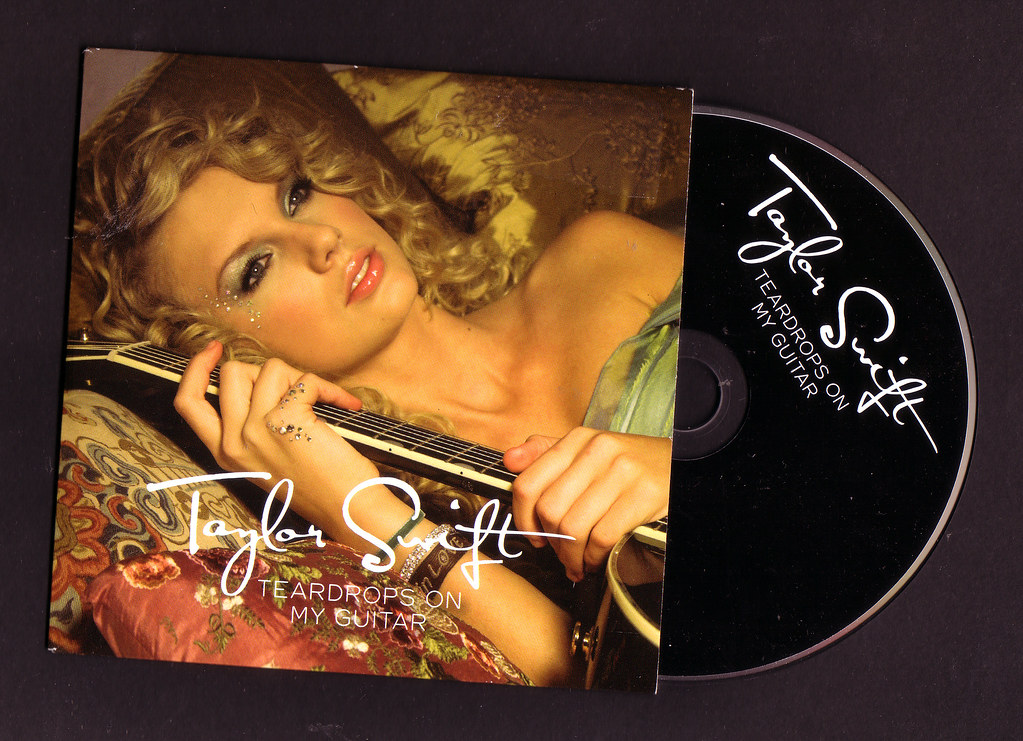
Swift’s debut album, Taylor Swift, released in 2006, positioned her as the quintessential all-American girl next door. With hits like “Teardrops on My Guitar,” she captured the hearts of teenagers everywhere. But was this image a genuine reflection of a budding artist, or a meticulously crafted persona designed to appeal to a specific demographic? Was it all just to perfect? Well, we have a long way to go.
The Metamorphosis
The Shift to Pop Music
In 2014, Swift emerged from her country roots with the pop masterpiece 1989. This dramatic transformation saw her trading in cowboy boots for high-fashion ensembles and country twang for synthesized pop beats. The album’s success was undeniable, marking a pivotal moment in her career and solidifying her status as a pop icon.
1989: The Pop Breakthrough

1989 was more than just an album; it was a statement. Swift embraced her new pop identity wholeheartedly, with chart-topping singles like “Shake It Off” and “Blank Space.” The album’s polished production and catchy hooks showcased her versatility and ability to adapt to the changing musical landscape.
Reputation: The Dark Era

In 2017, Swift shed her girl-next-door image entirely with the release of Reputation. The album was a defiant response to years of public scrutiny and media attacks, with Swift embracing a darker, edgier persona. Songs like “Look What You Made Me Do” showcased a more aggressive, vindictive side of Swift, but was this another genuine artistic evolution or a calculated attempt to shift the narrative and reclaim control of her public image?
Lover: A Return to Romance
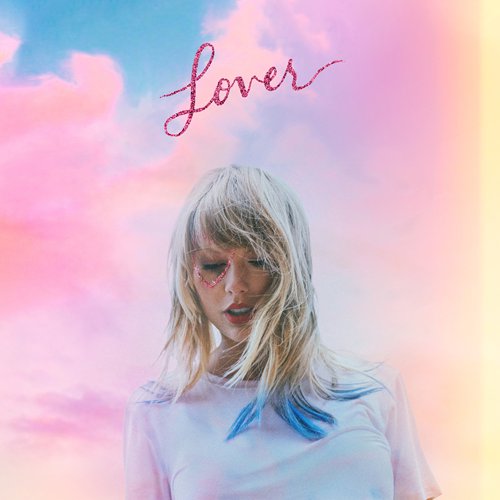
Then came Lover in 2019, a pastel-hued pivot back to a softer, more romantic image. The contrast between Reputation and Lover couldn’t be starker, leading one to wonder: is Taylor Swift the ultimate chameleon, or just a master of rebranding? Each album cycle seems to come with its own meticulously crafted aesthetic, reinforcing the idea that every move is part of a larger, strategic plan to keep fans intrigued and engaged.
The Lyrics: Authentic or Engineered?
Storytelling in Songwriting

Swift’s lyrics are often praised as modern poetry, capturing the essence of young love and heartbreak. Songs like “All Too Well” and “Love Story” resonate deeply with fans, evoking feelings of nostalgia and emotional connection. But are these lyrics the product of genuine artistic insight or expertly crafted marketing tools designed to pull at the heartstrings of her audience?
Taylor Swift: The Business Mogul

Beyond her music, Taylor Swift has proven herself to be a capitalist extraordinaire. From merchandise to re-recording her catalog, Swift’s business acumen is undeniable. She’s turned heartbreak into cold, hard cash, and her fans just keep lapping it up. From exclusive album editions to limited-edition merchandise drops, Swift knows how to keep the revenue streams flowing. But does this focus on profit dilute her artistic integrity? Or is this just the natural evolution of a savvy businesswoman?
Taylor Swift and Scooter Braun: A Battle for Control
The Acquisition of Masters: A Cataclysmic Event
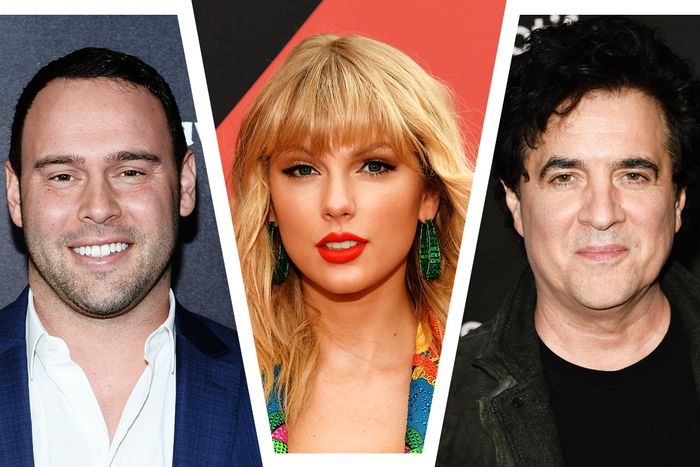
In 2019, the entertainment world was rocked by the news that Scooter Braun had acquired Big Machine Records, along with the master recordings of Taylor Swift’s first six albums. Swift, who had long sought to own her masters, was livid. In a lengthy Tumblr post, she accused Braun of bullying and manipulation, sparking a feud that would dominate headlines and redefine the music industry’s power dynamics.
The Feud Begins: Public Accusations and Social Media Warfare
Taylor Swift didn’t hold back in her public condemnation of Scooter Braun and Big Machine Records CEO Scott Borchetta. In her now-infamous July 2019 Tumblr post, Swift claimed she was blindsided by the sale and described Braun as an “incessant, manipulative bully.” This post set off a firestorm, with fans rallying behind Swift and launching social media attacks against Braun and Borchetta.

Swift’s accusations extended beyond the sale of her masters. She detailed years of alleged mistreatment and manipulation, painting Braun as the villain in her career narrative. The public was captivated by the drama, and Swift’s bold move to re-record her old albums was met with widespread support.
Kelly Clarkson’s Advice and Taylor’s Re-Recording Announcement
In the midst of the controversy, America’s Sweetheart Kelly Clarkson tweeted a piece of advice to Swift: re-record her old songs to regain control of her music. Swift, ever the shrewd businesswoman, took this advice to heart. In August 2019, during an appearance on Good Morning America, she announced her plan to re-record her first five albums starting in November 2020.

Swift’s declaration was not just a business decision; it was a statement of artistic defiance. By reclaiming her music, she aimed to undermine the value of the masters Braun had purchased and assert her autonomy as an artist. The re-recordings, branded with “(Taylor’s Version),” would offer fans a way to support Swift directly.
The AMAs Controversy: A Battle Over Performance Rights
The feud escalated in November 2019 when Swift took to Tumblr once again, accusing Braun and Borchetta of blocking her from performing her old songs at the American Music Awards (AMAs), where she was set to receive the Artist of the Decade award. Swift’s post detailed how she was being prevented from using her own music in a Netflix documentary and during the AMAs performance, claiming she was being silenced and bullied into compliance.
The response from Big Machine Records was swift and dismissive. They issued a statement denying Swift’s claims, asserting they had not attempted to block her performance. The back-and-forth accusations only fueled public interest, turning the AMAs into a battleground for artistic freedom and corporate control.
The AMAs Performance: Taylor’s Defiant Showcase
Despite the controversy, Taylor Swift performed at the 2019 AMAs in a medley of her greatest hits. The performance was a masterclass in subtle shade and empowerment. Swift wore an oversized men’s shirt with the titles of her albums emblazoned on it, a visual jab at Braun and Borchetta. The backdrop during her performance suspiciously resembled the Big Machine Records logo, leaving little doubt about her intended message.

This performance was a declaration of independence. Swift’s medley was not just a celebration of her decade-long career but also a symbolic reclaiming of her legacy. She had turned what could have been a restrictive moment into a powerful statement of defiance and resilience.
Scooter Braun Sells the Masters: A $300 Million Deal
In November 2020, Scooter Braun sold the master rights to Swift’s first six albums for a reported $300 million to an investment fund. The buyer, Shamrock Holdings, reached out to Swift to collaborate, but she declined upon learning that Braun would continue to profit from her old recordings. Swift’s response was another Tumblr post, expressing her frustration and reiterating her commitment to re-recording her catalog.
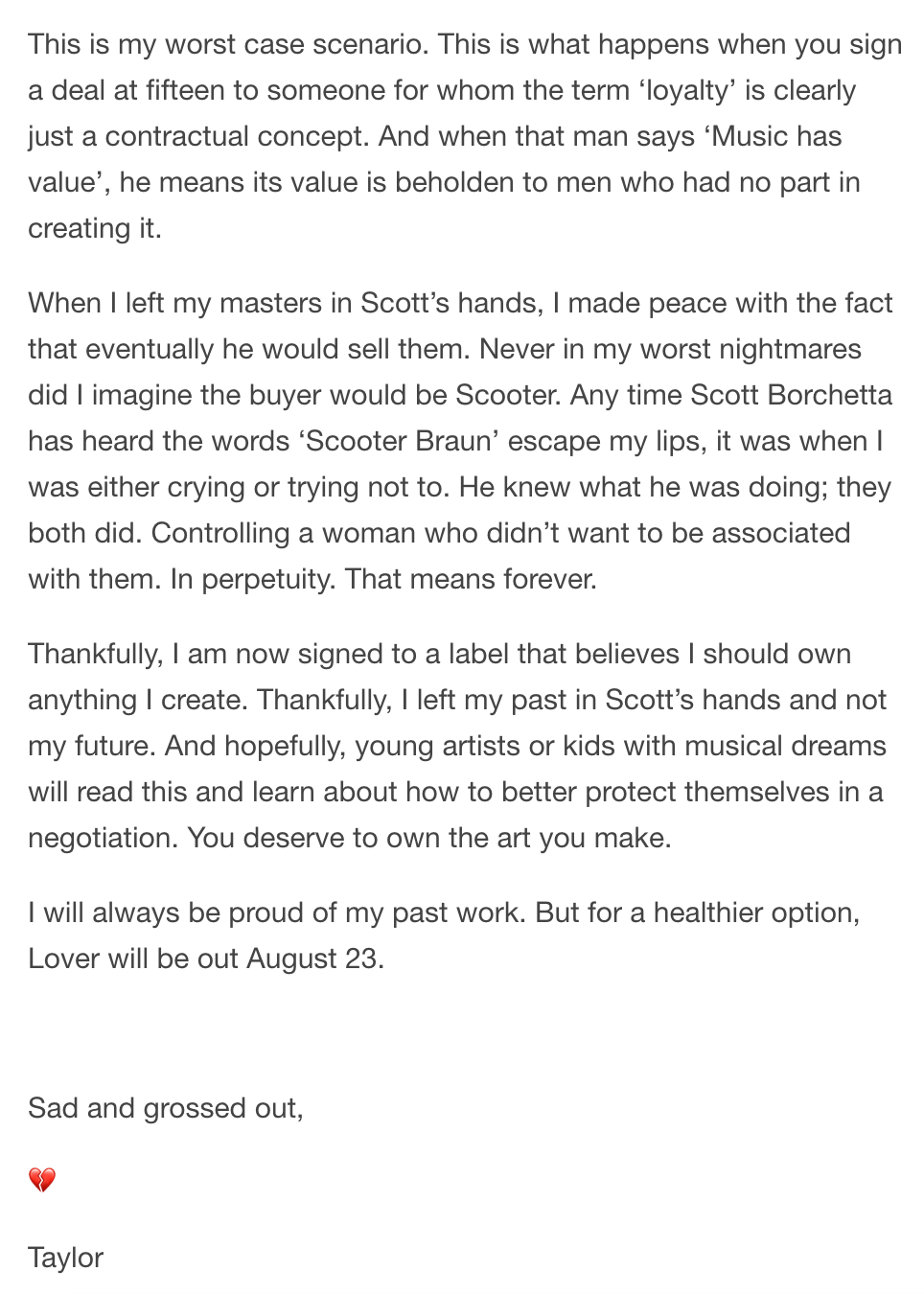
The sale of her masters was a bittersweet moment. While it marked the end of Braun’s direct control over her music, it also underscored the financial stakes involved. Swift’s decision to re-record her albums became even more poignant as she sought to undermine the financial value of the originals.
The Re-Recordings: Fearless (Taylor’s Version) and Red (Taylor’s Version)
In 2021, Swift began releasing her re-recorded albums, starting with Fearless (Taylor’s Version). The album debuted to critical acclaim and commercial success, proving that Swift’s fanbase was more than willing to support her reclamation project. Red (Taylor’s Version) followed, complete with previously unreleased tracks that added depth and context to the original.

The re-recordings were a triumph of artistic and commercial ingenuity. They allowed Swift to control her narrative and her music while delivering new content to her fans. The success of these albums reaffirmed Swift’s power in the music industry and set a precedent for other artists seeking to reclaim their work.
The Tortured Poets Department
The Inspiration: Taylor Swift’s Situationships on Steroids

Taylor Swift’s The Tortured Poets Department is a masterclass in turning fleeting relationships into epic sagas. This 31-song album is allegedly inspired by her month-long romance with Matt Healy, a relationship so brief it barely qualifies as a footnote in most people’s diaries. But leave it to Taylor to spin this whirlwind romance into an album that rivals War and Peace in length.
Matt Healy, frontman of The 1975, and the muse for this album, is essentially the embodiment of every emo Tumblr post from 2010. With his “tattooed Golden Retriever” looks and typewriter, he fits perfectly into Taylor’s narrative of the brooding, misunderstood artist. Taylor captures this aesthetic with lyrics that read like a teenager’s diary entry, full of angst and poetic flair.
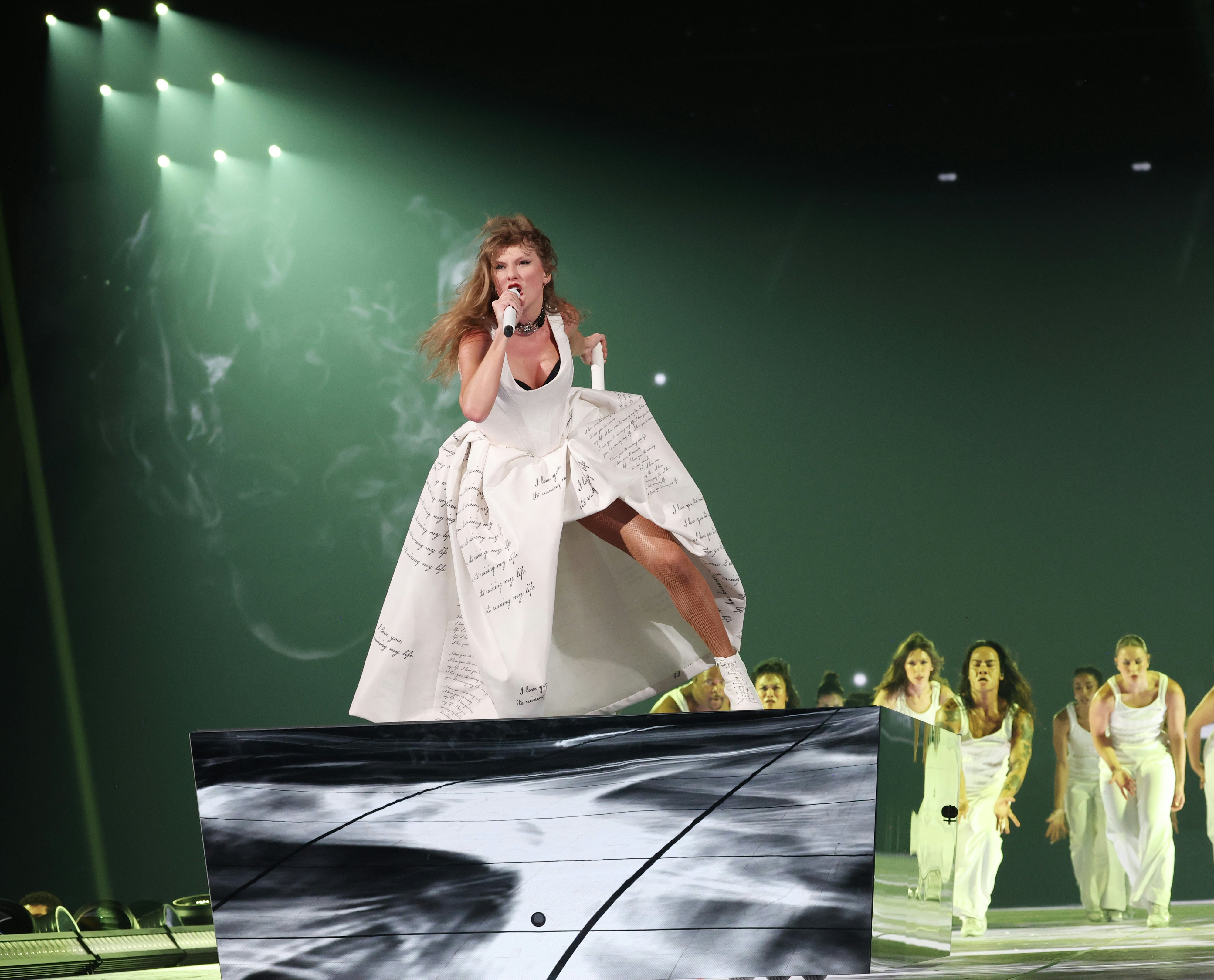
Swift’s ability to craft entire albums around the most trivial of romantic encounters is both her superpower and her Achilles’ heel. On one hand, she’s managed to make millions feel seen and heard, translating the fleeting heartbreaks of her life into anthems for the ages. On the other hand, it’s hard not to chuckle at the absurdity of transforming a month-long fling into a magnum opus. The tortured poets of history might be rolling in their graves—or taking notes.
The Cult of Personality: Swifties and the Cult-Like Devotion
The Swiftie Phenomenon

Swifties, the die-hard devotees of pop monarch Taylor Swift, take fandom to a borderline cultish extreme. Their undying loyalty borders on the supernatural—they scrutinize her lyrics like ancient scriptures, hunt for cryptic clues in every Instagram post, and could probably keep a doctoral thesis going on her personal life. Taylor has morphed her fans into an army of merch-collecting, concert-going zealots, proving her prowess not just as a singer but as a savvy entrepreneur. She reigns supreme, a queen in her Swiftian empire, and yes, this article will probably rank well on Google because of her. Win-win? You decide.
The Power of Social Media Manipulation
Through the strategic sorcery of social media, Taylor Swift has mastered the art of brand magic. She offers her followers a sneak peek into her “personal” life and vague hints about her projects, turning her fanbase into a horde of eager detectives. This blurs the line between a genuine bond and a clever marketing ploy. Regardless of its authenticity, it works brilliantly—fans feel like they’re just a tweet away from being her BFF. Kudos to Taylor, the enchantress of engagement.
Here we find the Swifties—a legion so dedicated, the term ‘fanatic’ might soon find its definition rewritten. To outsiders or those who’ve escaped the fold, the fan base can seem more toxic than a chemical spill. Even a hint of criticism can trigger a digital onslaught, proving this isn’t just fandom; it’s a full-blown digital theocracy with Taylor as the supreme ruler.
Swift City: The Capital of Temporary Insanity

The phenomenon reached a new height when Glendale, Arizona, temporarily renamed itself “Swift City” in honor of a concert— a move that blurred the lines between municipal governance and outright fan mania. Swift’s influence doesn’t stop at the outskirts of one city; it’s an international affair, with towns from the U.S. to Germany renaming themselves, perhaps facetiously suggesting a future where GPS directions are given from Swiftsburg to Taylortown.
The Swiftian Economy: More Powerful Than Some Countries
Economically, Swift’s tours resemble a stimulus package for local economies. Dubbed the “Swift Spike,” her concerts turn local venues into bustling hubs of economic activity, with every aspect of the local economy, from hotels to retail, thriving in the wake of her performances. This ripple effect showcases the vast economic influence of her celebrity.
Who needs a government stimulus when you have a Taylor Swift concert rolling into town? Her tours are not just musical performances; they’re economic lifelines, turning sleepy towns into buzzing hubs of Swift-driven commerce.
Fan Behavior: From Zeal to Zealousy
The depth of Swiftie devotion can make ancient religious rites look like casual gatherings. Dr. Lucy Bennett, who probably never planned to become an expert in pop star cults, points out that Swift’s fan base exhibits a belongingness that can push rational behavior right out the window. Attacking a critic? Just a day’s work for a true Swiftie.
Merchandise Madness

Taylor isn’t just selling tunes; she’s marketing a way of life. Want a limited edition, vintage-style vinyl that includes real tears from the “All Too Well” video? Her marketing is so targeted, fans might find themselves pre-approved for credit offers just by signing up for her newsletter.
Scholarly Swift
The academic world has succumbed to Swift-mania too. Prestigious universities now offer courses dissecting her lyrics, probably featuring guest lectures on “The Evolution of Breakup Songs” and “Anthems of Autonomy.” Students can now justify their fandom with academic credits, merging their Swiftie status with scholarly pursuits.
How Taylor Swift Erases Her Past to Sell Her Future
Swift’s latest strategy? Erase all digital traces of her past albums, making way for the new era where only “Taylor’s Versions” reign. This isn’t just about reclaiming narrative or rights; it’s about ensuring that every note, every lyric, resonates with the authenticity (and profitability) of being purely Taylor-made. And for those clinging to old copies? Let’s just say they might want to invest in a safe.
The Eras Tour (not in detail, maybe in the next one)
The Eras Tour is more than a mere concert series; it’s a grandiose celebration of Taylor Swift’s illustrious career. Each show is a time capsule, whisking fans through the various musical eras that mark her evolution. This tour isn’t just about the music; it’s a masterclass in personal reinvention, designed to keep her legion of followers perpetually intrigued and emotionally invested.
The Broader Implications
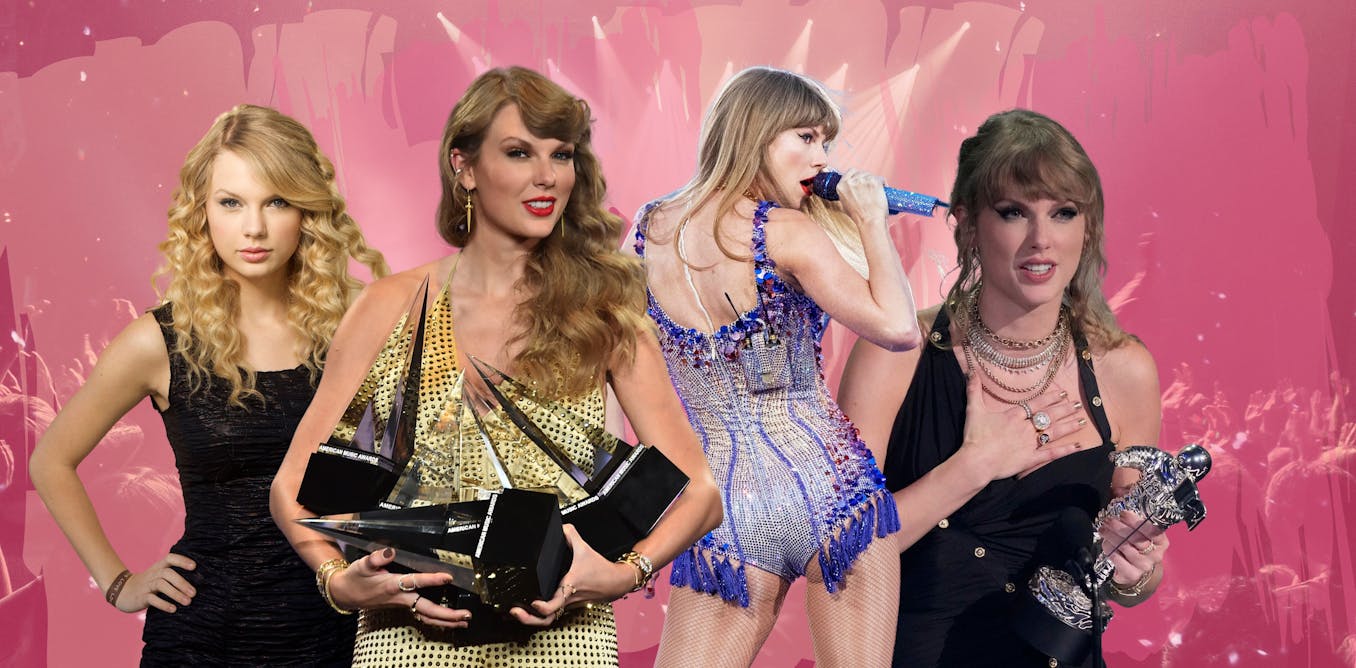
Manipulation of the Masses
Swift’s celebrity is not just a product of her talent but also the result of a meticulously orchestrated media narrative. The precision with which her team manages her image and crafts publicity is nothing less than sorcery. But when does this strategic manipulation veer into the realm of exploitation? Are we merely pawns in Swift’s grand strategy of stardom?
The Future of Taylor Swift – What could happen

Continued Evolution or Final Form?
As Taylor Swift continues her reign over pop music, speculation about her next moves abounds. Will she perpetually reinvent herself, or is there a final persona yet to be unveiled? Her enduring relevance in a rapidly changing industry highlights her adaptability and strategic foresight. Yet, how long can she maintain this momentum before the public’s fascination begins to fade?
Monopolizing Nostalgia: Only Swift Memories Allowed
By digitally erasing her earlier works, Swift isn’t just curating her musical outputs; she’s commandeering the collective memory of her audience. Future generations longing for the “Old Taylor” will encounter only the latest, meticulously crafted versions. This isn’t merely about owning her music; it’s about dominating the narrative, ensuring her legacy plays out strictly on her terms.
In an almost Orwellian twist, Swift’s strategy extends beyond mere artistic control; she’s systematically making her original albums vanish, asserting that future fans should know only “Taylor’s Versions.” This audacious move isn’t just about artistic rights—it’s a sweeping effort to rewrite history, ensuring her past is remembered exactly as she intends.
The High Cost of Piracy in a Swift-Controlled World
With original albums becoming scarce, the underground demand for pre-“Taylor’s Version” tracks could see them become more prized than gold. Imagine a clandestine market where die-hard fans trade in these rare, unaltered tracks—relics of a less controlled era. This isn’t just about scarcity; it’s about resistance against a tightly regulated musical narrative.
Legacy: Pop Icon or Business Tycoon?
So, is Taylor Swift a visionary artist, a shrewd businesswoman, or simply a product of her time? The answer, like most things in the world of celebrity, is probably a complex mixture of all three. But one thing is certain: the Taylor Swift phenomenon is a fascinating case study in the manipulation of the masses. Her rise to fame is as much about marketing genius as it is about musical talent. And while her fans may never question the authenticity of their idol, we can’t help but marvel at the sheer brilliance of her carefully crafted image.
What’s your take on Taylor Swift: musical genius or master manipulator? Do her moves strike you as savvy business tactics or is there more than meets the eye? Let your thoughts be known in the comments below—every perspective adds depth to the dialogue!
And if you’re brimming with insights and ideas, why not contribute to Mindbrews? Whether you’re into dissecting pop culture phenomena, exploring tech trends, or unpacking the latest in science and philosophy, we’re eager to hear what you’ve got. Pitch your passion to [email protected] and join our community of curious minds!